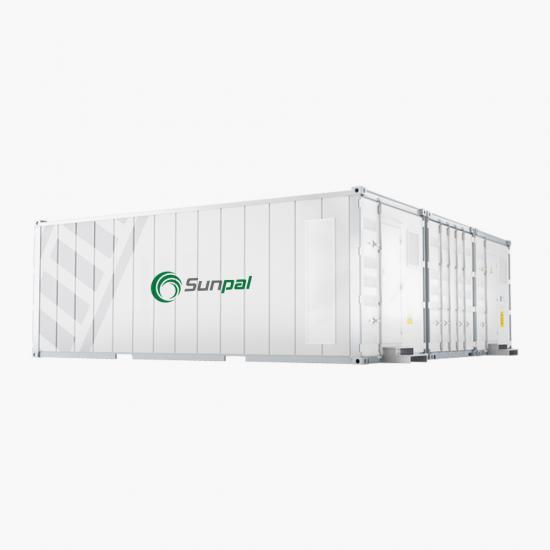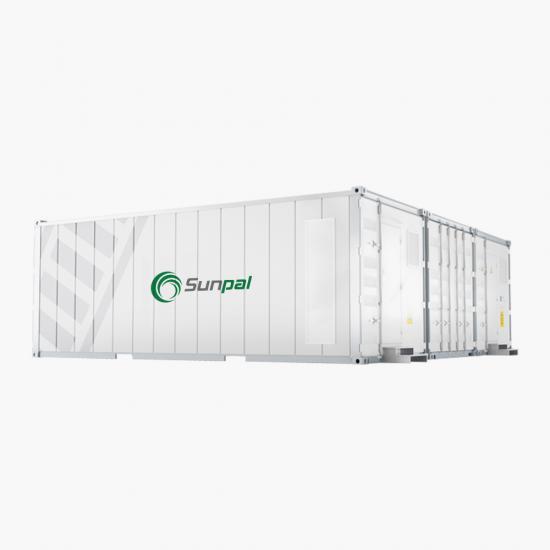
Battery management system BMS, energy management system EMS.The battery management system BMS mainly manages the charge and discharge protection of the battery pack. When fully charged, it can ensure that the voltage difference between the single cells is less than the set value, realize the equal charging of the single cells of the battery pack, and effectively improve the charging effect in the series charging mode. At the same time, it detects the overvoltage, undervoltage, overcurrent, short circuit and overtemperature status of each single cell in the battery pack to protect and prolong the battery life.

The energy storage standard module consists of 24 single cells, the specification is 2P12S, the power is 9.216kWh, the nominal voltage is 38.4V, the working voltage range is 33.6~43.2V, and the mass is about 85kg.

1 Mw Grid-Scale Battery Standalone Energy Storage Container System CostThe battery module consists of 12 single cells connected in series and 2 groups in parallel. The specification is 2P12S, and the power is 7.68kWh. The nominal voltage is 38.4V. The battery module is configured with the acquisition module BMU of the BMS, which is used for the voltage, temperature, etc. of the module Parameter acquisition, and has functions such as equalization.

The PCS energy storage device can control its active power output according to the instructions of the energy storage system operation control system. In order to realize the active power regulation function, the battery energy storage system can receive and track the active power control signal sent by the energy storage system operation control system in real time, and automatically adjust the active output according to the energy storage system operation control system control instructions and other signals.

Energy storage system is an important component and a critical supporting technology for smart grid, renewable energy (wind and solar) power stations and “Internet+” smart energy. It can provide various services for power grid such as peak shaving, frequency regulation, backup, black start and demand response, etc. It is a key method to enhance the flexibility, economy and safety of a traditional power system, and to significantly improve the accommodation for renewable energy such as wind power and solar power.





























